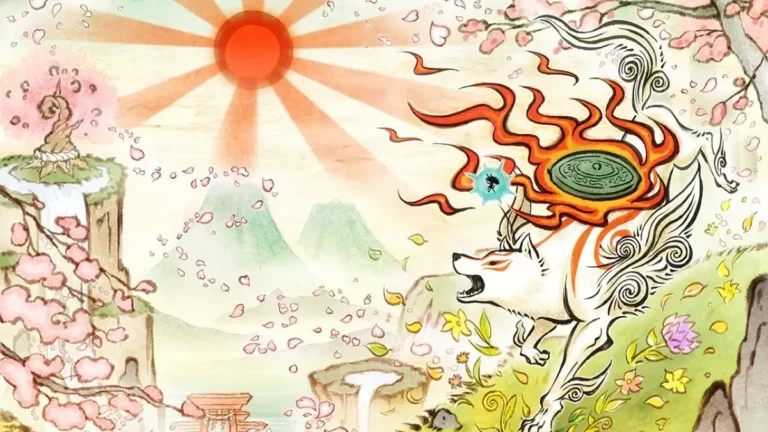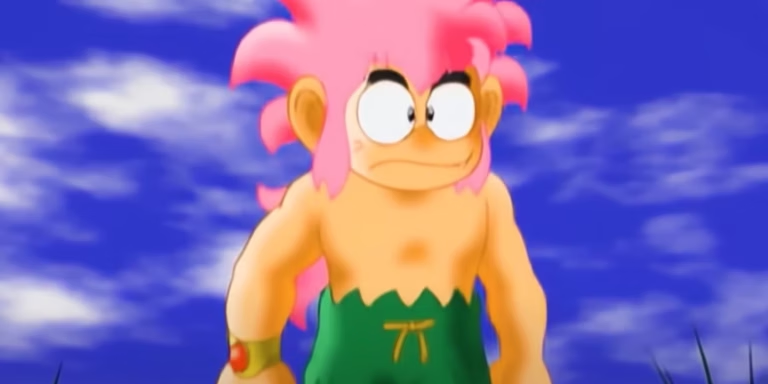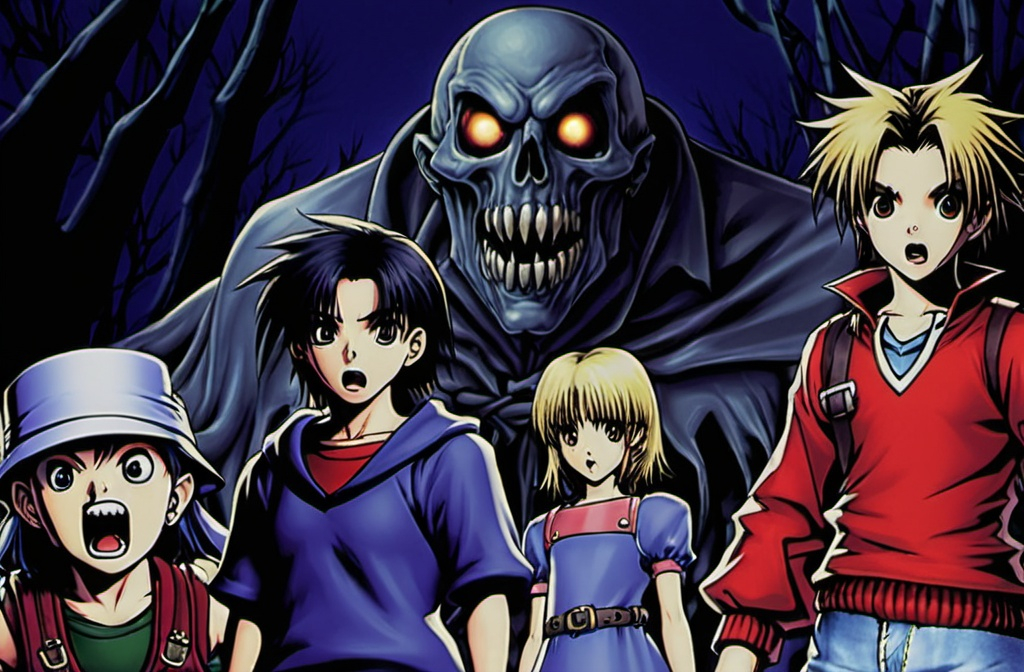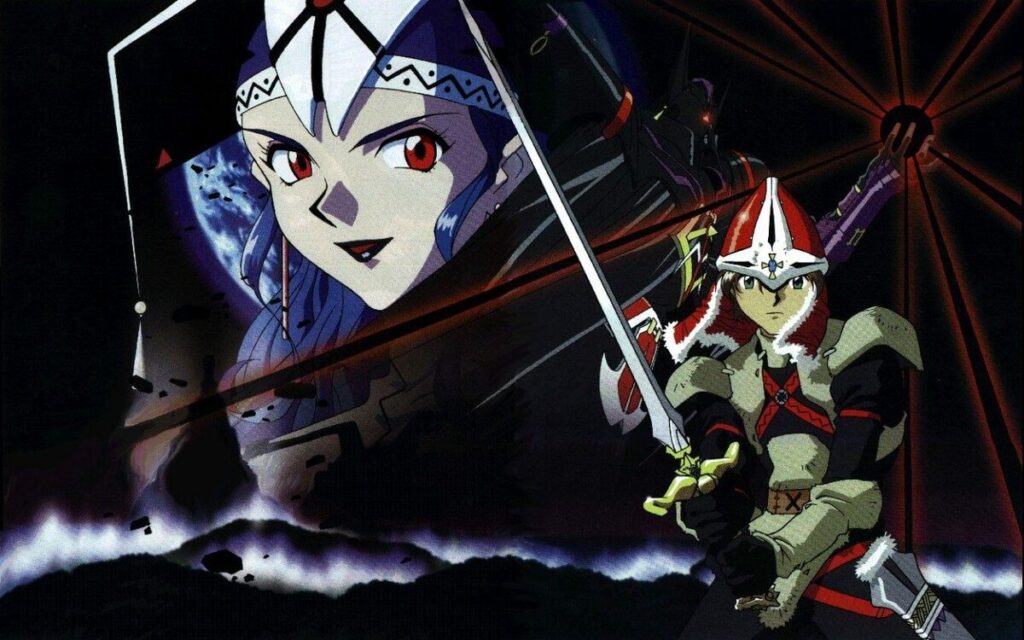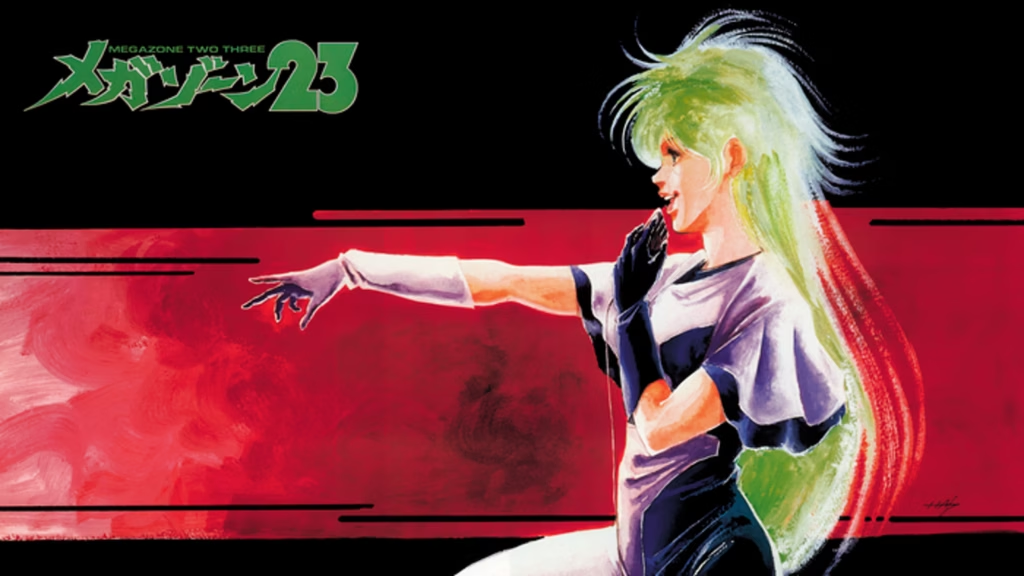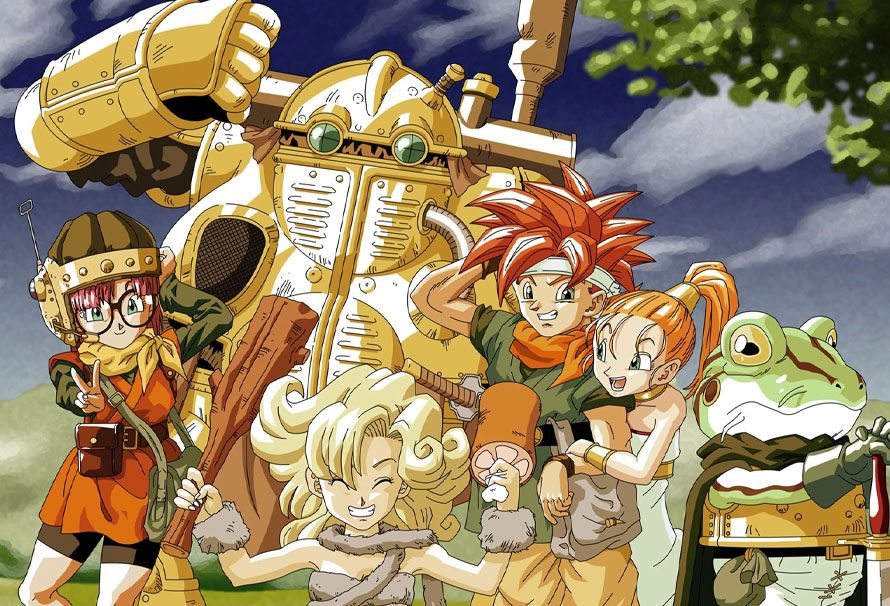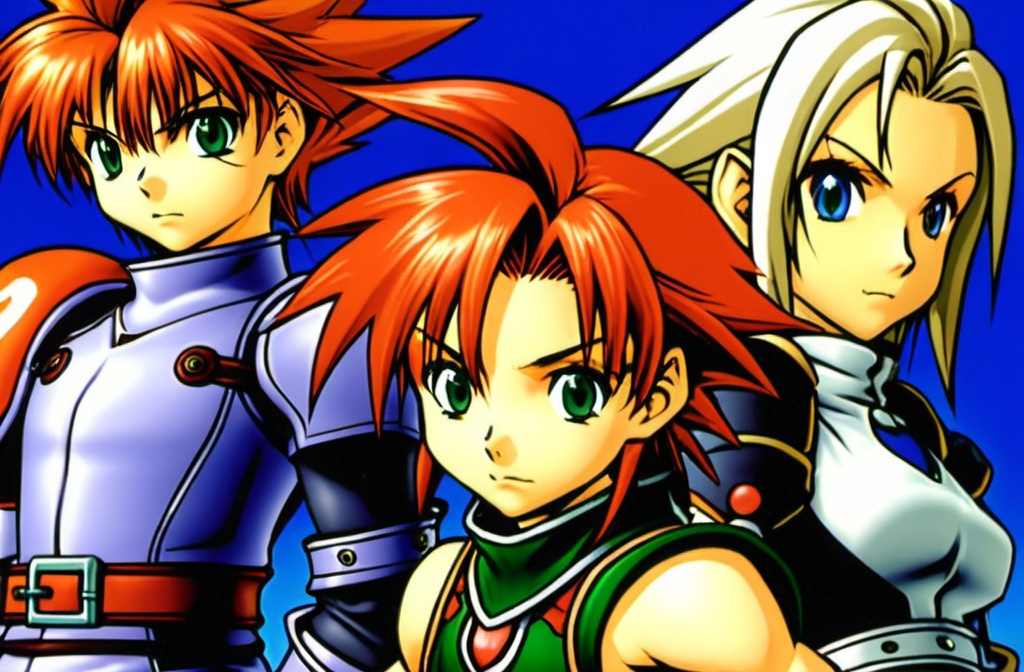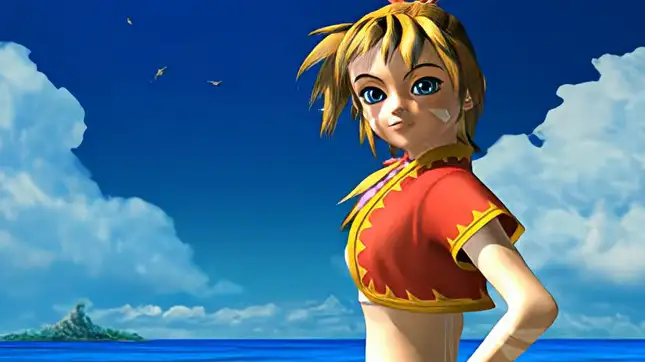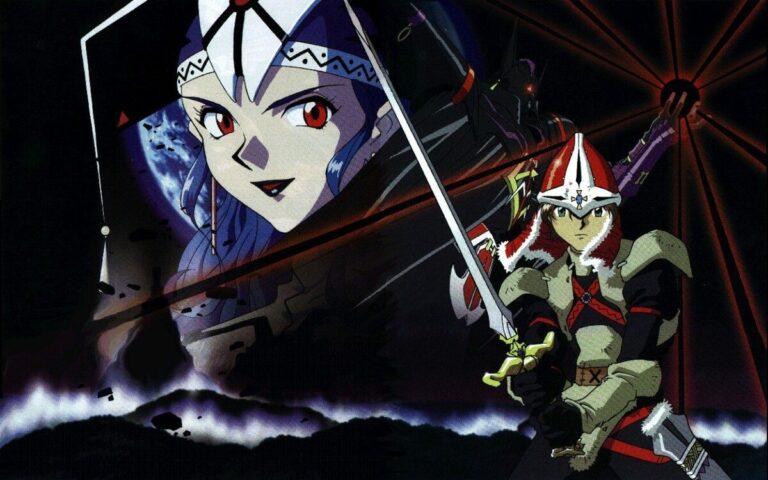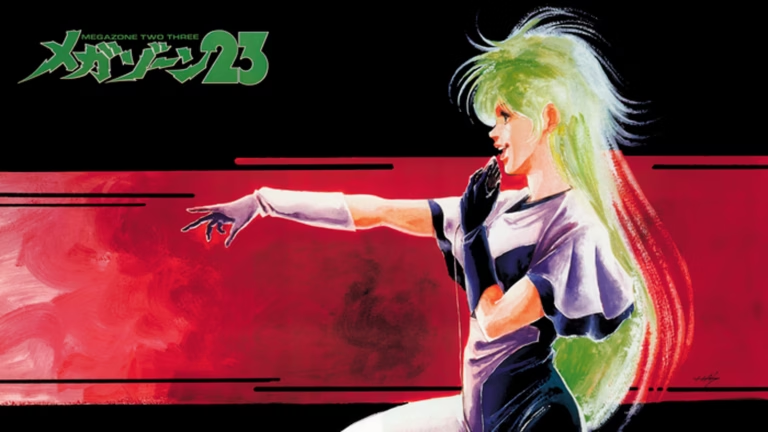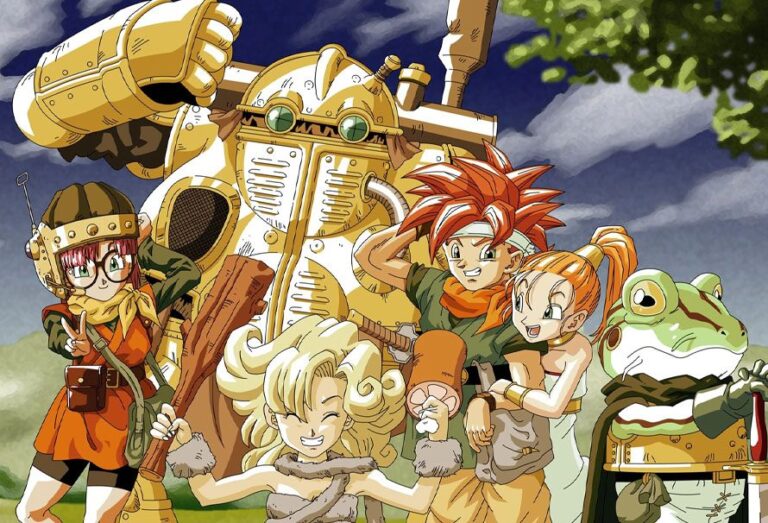The PlayStation 1 era was a golden age for Japanese Role-Playing Games (JRPGs), with developers experimenting by blending traditional RPG elements with horror themes. This fusion resulted in unique titles that offered both engaging gameplay and spine-chilling narratives. Here are the top 12 horror-themed JRPGs that graced the PS1.
Parasite Eve
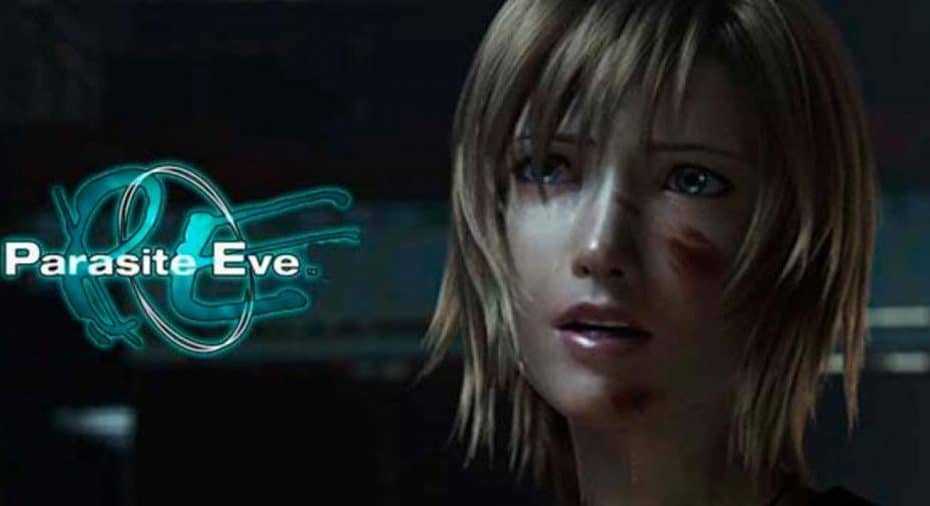
Platform | PlayStation |
|---|---|
Publisher | Square |
Genre | Survival Horror RPG |
Release Date | 09/09/1998 |
Released by Square in 1998, Parasite Eve combines survival horror with RPG mechanics. Players control NYPD officer Aya Brea as she confronts a series of bizarre events linked to mitochondrial mutations.
Key Features
- Real-Time Combat: A hybrid system blending turn-based strategy with real-time movement.
- Engaging Storyline: A narrative that intertwines science fiction with horror elements.
- Atmospheric Setting: A haunting depiction of New York City under siege by monstrous creatures.
This unique blend of genres offers a memorable experience for fans of both RPGs and horror games.
Koudelka
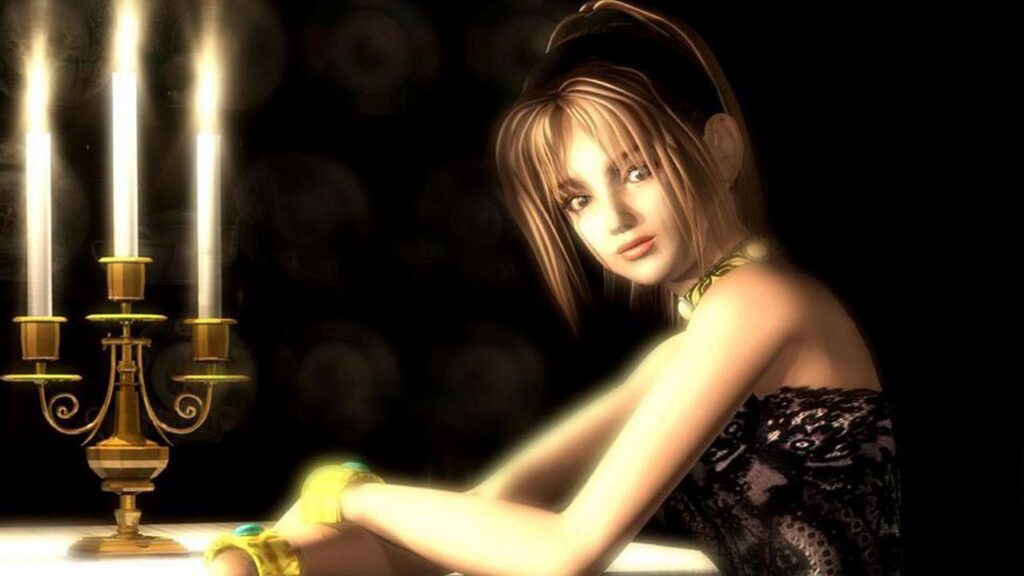
Platform | PlayStation |
|---|---|
Publisher | Sacnoth |
Genre | Horror RPG |
Release Date | 12/22/1999 |
Developed by Sacnoth and released in 1999, Koudelka is set in a haunted monastery in Wales. Players follow the titular character, a young medium, as she uncovers the dark secrets within.
Key Features
- Turn-Based Combat: Battles occur on a grid, requiring strategic positioning.
- Gothic Atmosphere: Dark, eerie environments enhance the horror experience.
- Rich Storytelling: A narrative that delves into themes of religion, mysticism, and the supernatural.
While not a commercial success, Koudelka has garnered a cult following for its unique approach to horror RPGs.
Parasite Eve II
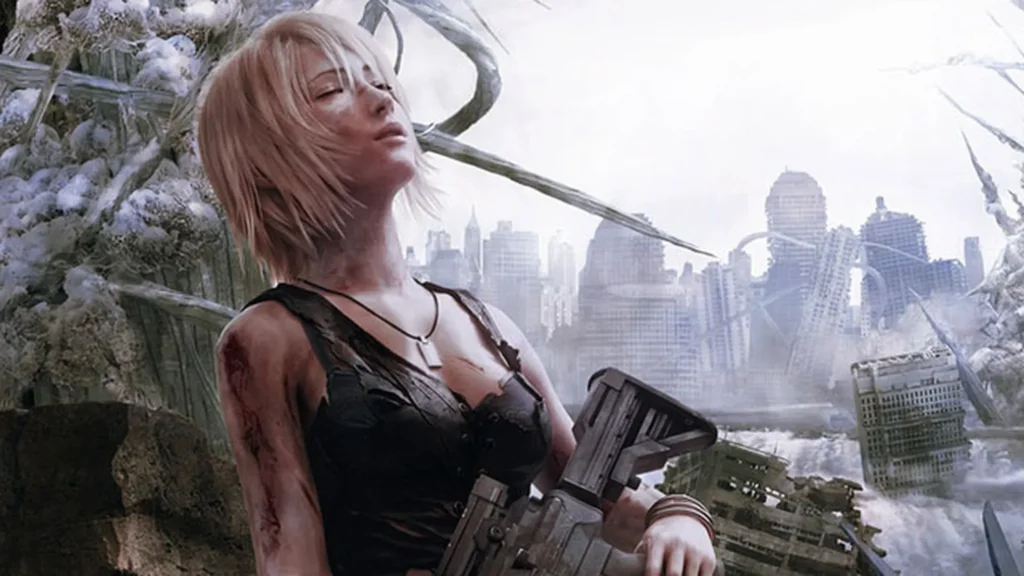
Platform | PlayStation |
|---|---|
Publisher | Square |
Genre | Horror RPG |
Release Date | 09/12/2000 |
The 1999 sequel to Parasite Eve shifts towards a more traditional survival horror gameplay while retaining RPG elements. Aya Brea returns to combat a new mitochondrial threat.
Key Features
- Enhanced Combat System: Incorporates real-time shooting mechanics with RPG customization.
- Diverse Environments: From desolate towns to secret laboratories, each locale adds to the horror ambiance.
- Intriguing Plot: Expands on the original’s lore with new characters and mysteries.
Though leaning more towards action, the game maintains its RPG roots, offering character progression and customization.
Shadow Hearts

Platform | PlayStation 2 |
|---|---|
Publisher | Midway Games |
Genre | Horror RPG |
Release Date | 11/27/2001 |
While primarily released on the PlayStation 2, the Shadow Hearts series has its origins in Koudelka. The series is known for its dark themes and unique combat system.
Key Features
- Judgment Ring System: A timing-based mechanic that adds depth to combat.
- Dark Narrative: Blends historical events with supernatural horror.
- Memorable Characters: A cast with deep backstories and personal struggles.
Although not on PS1, the series’ roots in Koudelka make it a spiritual successor worth mentioning.
Persona 2: Eternal Punishment
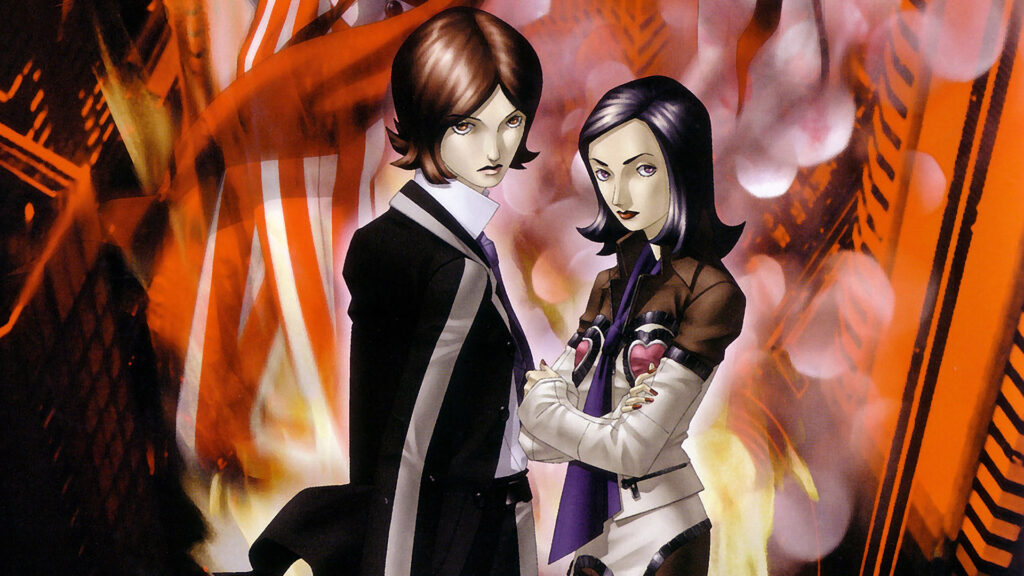
Platform | PlayStation |
|---|---|
Publisher | Atlus |
Genre | JRPG |
Release Date | 06/29/2000 |
Developed by Atlus and released in 2000, this title combines traditional JRPG mechanics with psychological horror elements. Players explore the city of Sumaru, confronting rumors that manifest into reality.
Key Features
- Rumor System: Players can influence the game world by spreading or dispelling rumors.
- Dark Themes: Explores human psychology, urban legends, and the occult.
- Turn-Based Combat: Features demon negotiation and persona fusion mechanics.
The game’s mature themes and complex narrative set it apart from typical JRPGs of the era.
Vagrant Story
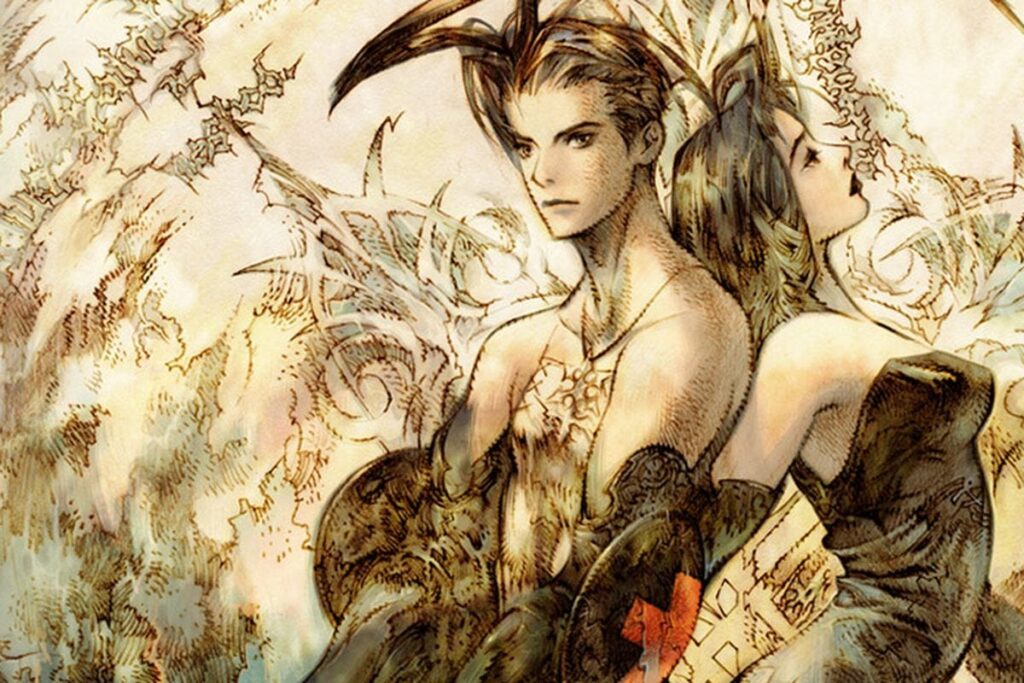
Platform | PlayStation |
|---|---|
Publisher | Square |
Genre | Action RPG |
Release Date | 05/15/2000 |
Released by Square in 2000, Vagrant Story is set in the cursed city of Lea Monde. Players control Ashley Riot, an elite agent investigating a conspiracy involving dark magic.
Key Features
- Weapon Customization: Deep crafting system allowing players to forge and modify weapons.
- Atmospheric Design: Gothic architecture and haunting music create an immersive experience.
- Real-Time Combat: Combines action elements with strategic targeting of enemy body parts.
Its intricate systems and mature storyline have earned it critical acclaim and a dedicated fan base.
Alundra
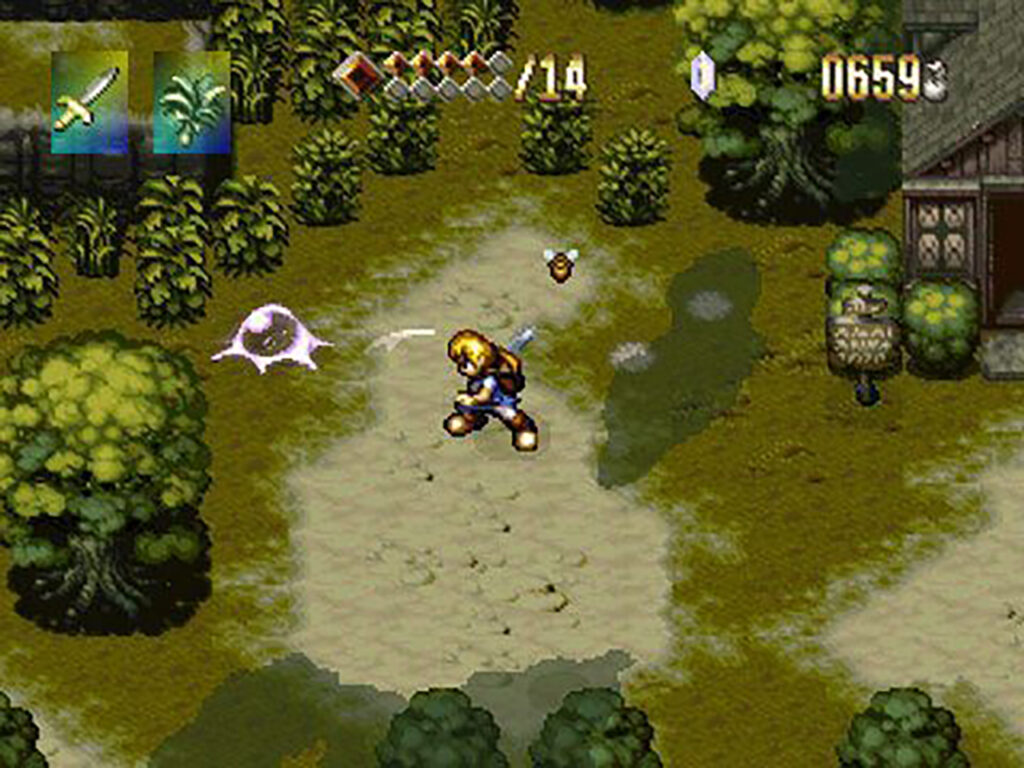
Platform | PlayStation |
|---|---|
Publisher | Working Designs |
Genre | Action RPG |
Release Date | 12/31/1997 |
Developed by Matrix Software and released in 1997, Alundra follows a dreamwalker who enters people’s dreams to save them from nightmares.
Key Features
- Challenging Puzzles: Complex brainteasers that require critical thinking.
- Dark Narrative: Explores themes of death, fate, and the subconscious.
- Action RPG Elements: Real-time combat combined with platforming challenges.
Despite its bright visuals, the game’s story delves into mature and somber themes, offering a unique contrast.
Yuuyami Doori Tankentai
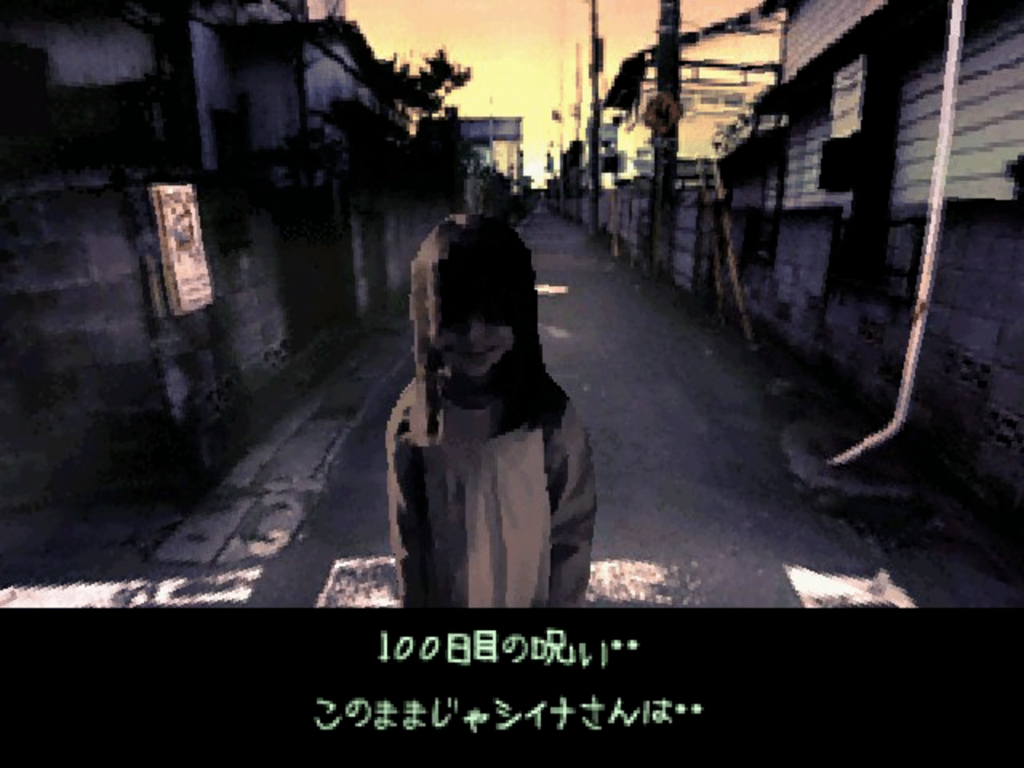
Platform | PlayStation |
|---|---|
Publisher | Spike |
Genre | Horror Adventure |
Release Date | 08/05/1999 |
Released exclusively in Japan in 1999, this title is an adventure game with horror elements. Players investigate urban legends in a Japanese town, encountering supernatural occurrences.
Key Features
- Exploration-Based Gameplay: Players gather information and explore environments to uncover mysteries.
- Multiple Protagonists: Choose between different characters, each offering unique perspectives.
- Atmospheric Storytelling: Relies on building tension through narrative and setting rather than combat.
Its focus on urban legends and psychological horror offers a distinct experience, though it remains less known due to its limited release.
Hell Night (Dark Messiah)
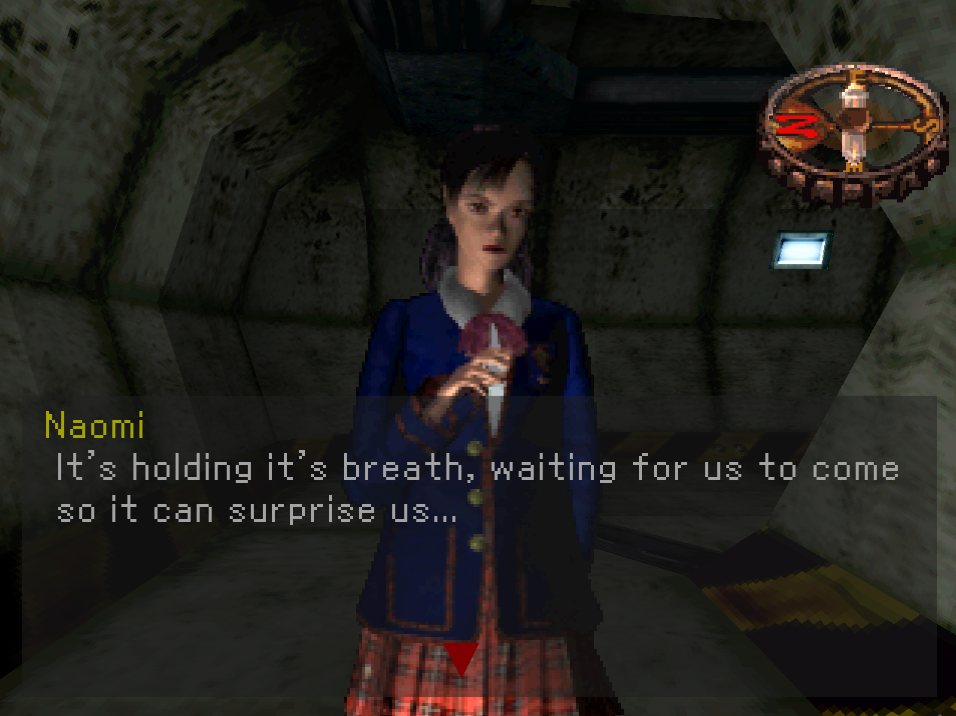
Platform | PlayStation |
|---|---|
Publisher | Atlus |
Genre | Horror RPG |
Release Date | 10/01/1998 |
Released in 1998 by Atlus, Hell Night (known as Dark Messiah in Japan) is a survival horror RPG hybrid with a unique twist: players are entirely defenseless. Set in Tokyo’s sprawling underground tunnels, the game is a race to escape a monstrous pursuer.
Key Features
- Survival Gameplay: Players must avoid the creature while solving puzzles and navigating claustrophobic tunnels.
- Companion System: NPCs with unique skills assist you, but losing them makes your escape more difficult.
- Dark Atmosphere: The game uses its minimalist design and eerie soundtrack to build tension.
Hell Night stands out for its emphasis on stealth and survival over combat, offering a chilling and unique JRPG experience.
Tales of Destiny
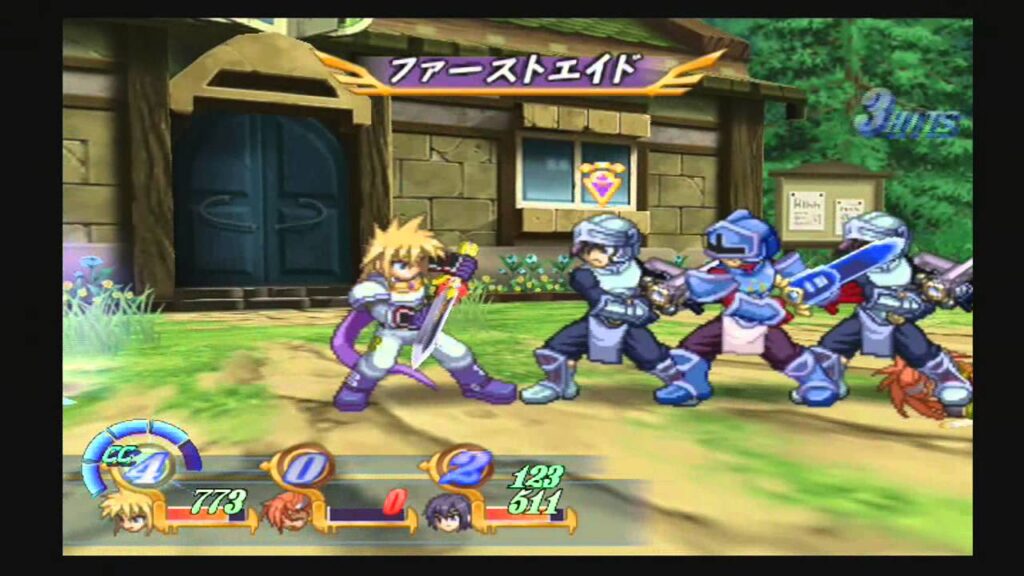
Platform | PlayStation |
|---|---|
Publisher | Namco |
Genre | Action RPG |
Release Date | 12/23/1997 |
While not traditionally categorized as horror, Tales of Destiny, released in 1997, includes eerie settings and unsettling elements that lend a darker tone to its otherwise adventurous narrative. Players control Stahn Aileron on a quest to save the world while uncovering sinister plots.
Key Features
- Linear Motion Battle System: Fast-paced, real-time combat keeps players engaged.
- Dark Story Beats: Themes of betrayal, loss, and moral dilemmas add depth to the narrative.
- Eerie Locations: Dungeons like haunted castles and cursed ruins add horror-themed elements.
The combination of traditional JRPG gameplay with darker themes makes Tales of Destiny a unique entry on this list.
Baroque
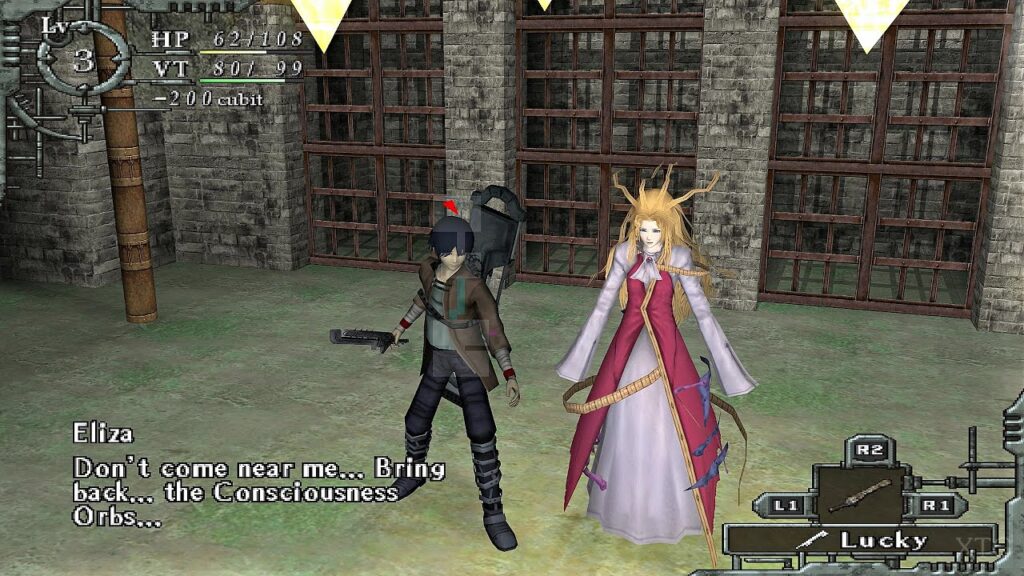
Platform | PlayStation |
|---|---|
Publisher | Sting |
Genre | Horror RPG |
Release Date | 05/21/1998 |
Released in Japan in 1998 by Sting, Baroque is a surreal and psychologically intense dungeon-crawling RPG. The game’s cryptic narrative and haunting atmosphere make it a standout title for players seeking a horror-infused JRPG.
Key Features
- Procedural Dungeons: Each playthrough offers a new layout, keeping the experience fresh and unpredictable.
- Dark Themes: The story explores guilt, redemption, and existential despair in a post-apocalyptic setting.
- Permadeath Mechanics: Dying is part of the gameplay, advancing the narrative through repetition.
Baroque is a challenging and unsettling experience, perfect for players who enjoy abstract storytelling and psychological depth.
Lunar: Silver Star Story Complete
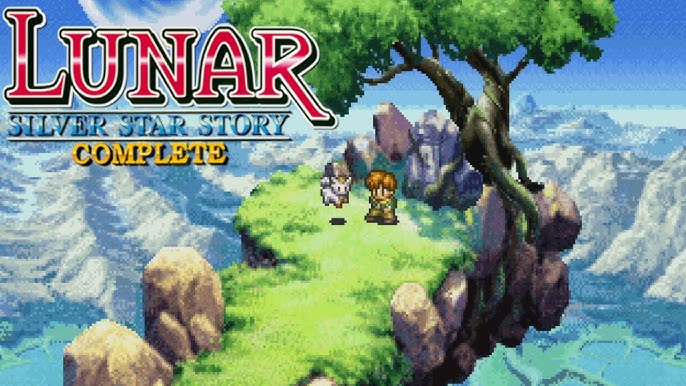
Platform | PlayStation |
|---|---|
Publisher | Working Designs |
Genre | JRPG |
Release Date | 06/29/1999 |
Though primarily known for its heartwarming story, Lunar: Silver Star Story Complete, released by Game Arts in 1999, includes dark and horror-like elements within its overarching narrative. The game follows Alex, a young hero, on a quest to stop an ancient evil threatening his world.
Key Features
- Compelling Characters: A well-rounded cast with emotional arcs adds depth to the story.
- Dark Themes: The presence of cults, ancient curses, and looming threats adds layers of suspense.
- Stunning Visuals and Music: Hand-drawn animations and an evocative soundtrack enhance the emotional tone.
While not a pure horror title, its darker moments and gripping storytelling earn it a place on this list.


